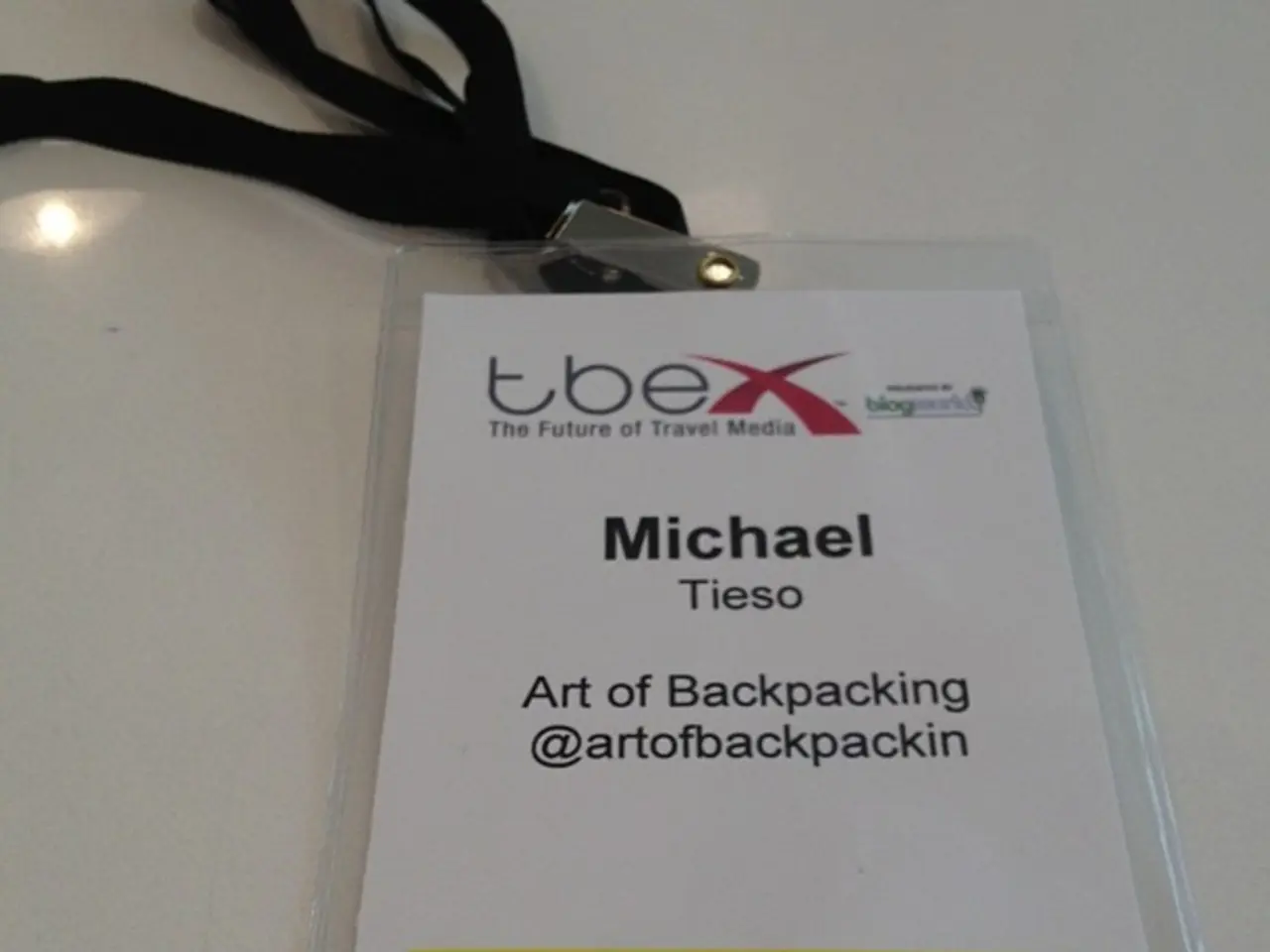Nuclear engineers in the U.S. test innovative cooling system in reactor experiment at Idaho laboratory
MARVEL Microreactor Passes Crucial Cooling System Test
The Microreactor Applications Research Validation and Evaluation (MARVEL) project at Idaho National Laboratory (INL) has successfully completed a three-month coolant system testing campaign, marking a significant milestone in the development of the compact nuclear reactor.
The testing, conducted using the Primary Coolant Apparatus Test (PCAT), aimed to prove the feasibility of MARVEL's unique cooling system. This one-of-a-kind, non-nuclear facility was built specifically for this purpose. The coolant system, which cools itself using a natural process similar to how hot air rises in a chimney, was put through rigorous evaluation to ensure its ability to maintain the reactor's thermal conditions within design limits.
The testing campaign also served to rigorously test INL's thermal-hydraulic design and safety analysis software, RELAP5-3D. The experimental data aligned closely with the software's numerical predictions, further confirming the viability of the cooling system.
However, the tests also uncovered an unexpected issue: more heat was lost in the PCAT system than expected. This unexpected heat loss is an important lesson for assembling MARVEL, as understanding and accounting for these heat losses will influence the reactor's performance and efficiency.
Carlo Parisi, who led the team of engineers who designed the microreactor test facility, commented on the successful completion of the PCAT testing. "This is a significant step forward for the MARVEL project. With the successful completion of PCAT testing, we are now on track for our next phases: fabrication, assembly, and startup at INL's Transient Reactor Test Facility."
MARVEL is a sodium-potassium-cooled microreactor with a unique combination of fuel, coolant, and geometrical configuration that has never been used by any other reactor. The project, which is part of the Department of Energy’s Microreactor Program, is designed to support advanced nuclear energy research and testing.
With the necessary safety documentation to be submitted to the Department of Energy, the reactor's construction is now one step closer. The full power operations are expected to begin in 2028.
| Aspect | Description | |--------|-------------| | Project Name | MARVEL (Microreactor Applications Research Validation and Evaluation) | | Location & Leadership | Idaho National Laboratory (INL), under DOE Microreactor Program | | Project Goal | Develop a nuclear microreactor test bed for research and validation | | Cooling System Test | Primary Coolant Apparatus Test (PCAT), a one-to-one replica of MARVEL’s coolant loop | | Purpose of PCAT | To validate thermal-hydraulic performance and safety of the cooling system | | Outcome | Successfully completed coolant system testing, confirming design robustness for safe reactor operation | | Unexpected Findings | Unexpected heat loss in the PCAT system | | Next Steps | Submission of safety documentation to the Department of Energy, followed by fabrication, assembly, and startup at INL’s Transient Reactor Test Facility | | Expected Timeline | Full power operations expected to begin in 2028 |
The unexpected heat loss during the PCAT testing presents a growing point for the MARVEL project, as energy efficiency and heat loss management are crucial aspects in the nuclear industry. The success of MARVEL, a unique sodium-potassium-cooled microreactor, is anticipated to revolutionize the nuclear energy sector, not just through innovation, but also by attracting investment from the finance industry, thereby advancing the scope of science and the progress of the wider industry.




